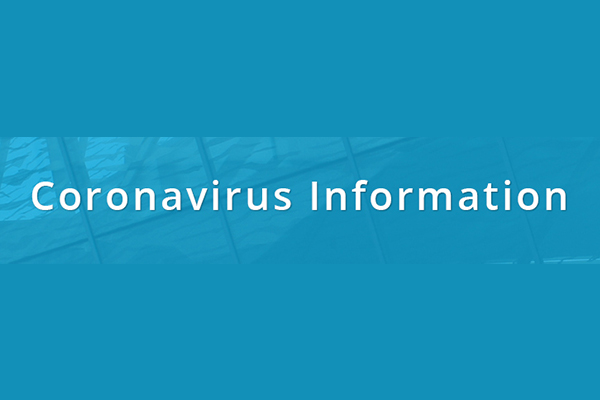Answers to your questions about campus air filtration systems
The College has heard recently from members of our community who have questions about the state of campus air filtration systems as we prepare a return to mostly in-person operations in fall 2021.
SUNY New Paltz is following or exceeding all CDC and state guidelines related to air filtration for indoor spaces, and will continue to do so if and when that guidance changes.
Please find below some responses to specific questions we’ve heard from students, faculty and staff in recent weeks.
Further reading on this subject is available from the Centers for Disease Control & Prevention
Campus air handling systems were upgraded with MERV 13-rated filters in summer 2020
Facilities Operations & Management announced in July 2020 that they would be installing new air filters during regularly scheduled preventative maintenance that summer.
That work was completed ahead of the fall 2020 semester, with standard Minimum Efficiency Reporting Value (MERV) 8 filters upgraded where appropriate with MERV 13 filters, which trap small particles more effectively. This will be our campus standard moving forward.
HVAC systems are operating for longer hours
As part of the plan to modify the campus environment to reduce the possibility of transmission, Facilities also implemented new, longer hours of operation for heating, ventilation and air conditioning (HVAC) systems across campus.
This change has the effect of circulating more outdoor air and increasing overall air exchange in indoor spaces.
Modifying HVAC systems and schedule is more effective than just opening windows – and in fact, opening windows can do more harm than good in some buildings
The upgrades to HVAC system filters and operating schedules allow Facilities staff to control interior air quality, temperature and related utility costs with a fair degree of precision.
While members of our community may think they are improving air quality by opening windows in occupied areas, this practice can imbalance our sensitive airflow systems and create adverse effects in areas of buildings away from where windows are opened. In addition, opening windows can introduce other elements into the classroom (like humidity, pollution, pollen and pests) that can negatively impact occupant health.
We followed CDC guidance, and it was effective: Contact tracers found zero evidence of any in-class transmission of COVID-19 during the 2020-21 academic year
Thanks to masking, capacity and social distancing policies for classrooms that were implemented for the fall 2020 semester and diligently followed by students, faculty and staff, the College was able to avoid any traceable instances of classroom transmission of COVID-19.
Our contact tracers worked diligently to identify possible points of exposure through interviews with every member of our campus community who was diagnosed as an active coronavirus case during the 2020-21 academic year. Even during our peak periods of active case totals, tracers found no evidence of any transmission from one person to another during an in-person class on campus.
While air filtration systems provide a useful tool in combating spread of the virus, this fact provides a salient reminder that following basic CDC guidance – wearing masks indoors, maintaining a safe distance, frequently washing hands, etc. – remains our best tactic for protecting the health and safety of our community as we prepare for an on-campus fall 2021.

